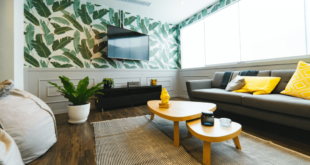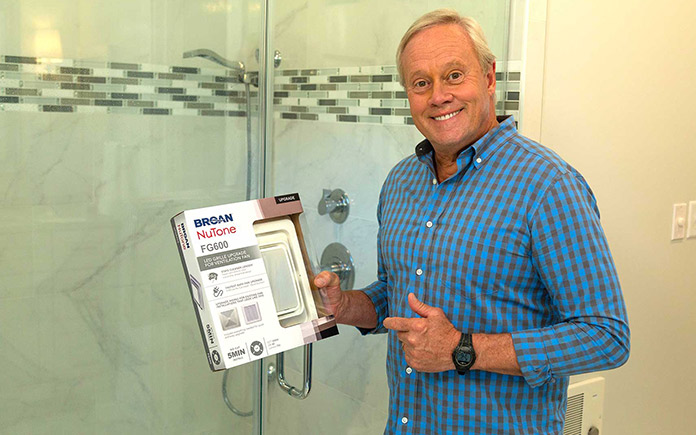
New homes are more energy-efficient than ever, thanks to construction improvements that seal them tight. But these home-building innovations also negatively affect indoor air quality.
That’s because the latest construction techniques that keep outside air and water outdoors, where they belong, also trap stale, polluted air inside your home.
Fortunately, it’s possible to enjoy the best of both worlds: an energy-efficient home with clean air to breathe. You just need to make some lifestyle adjustments and, possibly, some home improvements.
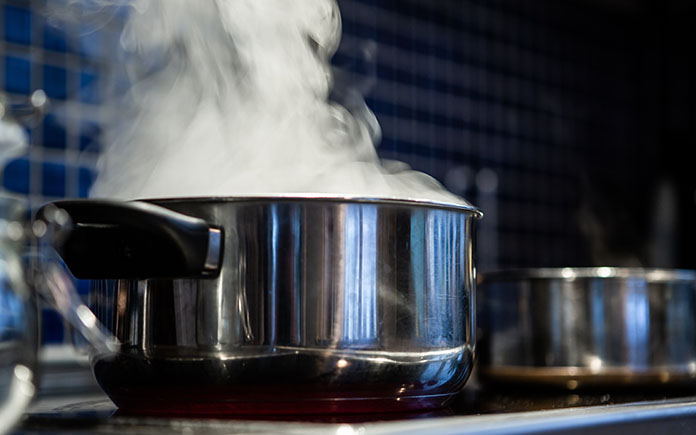


Sources of Pollution
All kinds of pollutants affect your home’s indoor air quality, but some are more common than others.
Think of how you cook food, and how you cool, heat and furnish each room. Oil, gas and kerosene are household necessities; so are coal and wood. And don’t forget about cleaning products, pesticides and paint packed with harmful chemicals.
Improving your home’s air usually boils down to controlling pollutants, improving the home’s ventilation and cleaning the air, according to the United States Environmental Protection Agency.
You can remove pollutants by sealing areas with asbestos or limiting gas stove emissions; improve ventilation by installing a range hood or bathroom vent fan; and purify air with a tabletop or whole-house unit.
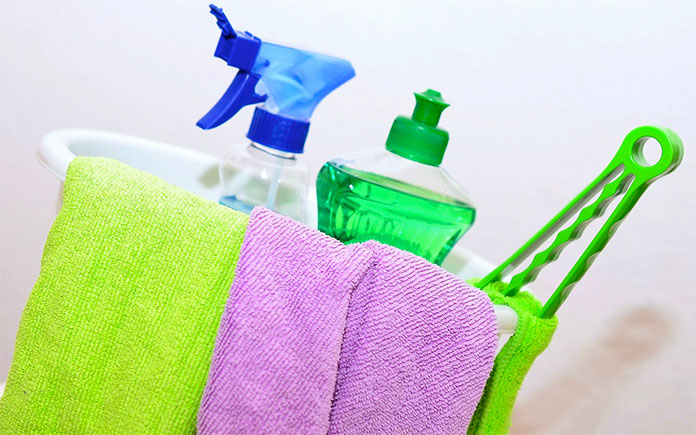


Check Your Cleaning Products
Looking for ways to improve your indoor air quality and make your home healthier? First, limit the number of contaminants — start with your cleaning supply cabinet.
Cleaning products emit all kinds of volatile organic compounds, which carry long-term negative health effects. Instead, purchase commercial low-VOC cleaners and try some homemade, natural recipes.
The key is to limit the number of chemicals that enter your home — and your family’s lungs. That’s the first step, but carefully choosing ingredients only goes so far.
Even vinegar, a common general-purpose cleaner, emits some pollutants. So, turn on your ventilation fan while cleaning the kitchen, bathroom or any other room where you have a vent fan.
No ventilation fan in the room? No problem! If the weather cooperates, open the windows.
[Request to Broan: Can client please provide a lifestyle shot of the ERV?]The Benefit of a Balanced Air System
Your furnace and air conditioner don’t draw in fresh air; they simply heat and cool air that’s already in your home.
While these systems filter out dust, they do nothing to remove volatile organic compounds, smoke or other pollutants. So, those things stay trapped inside your home, often making indoor air more polluted than what’s outdoors.
While a supply fan can bring fresh air into your home, your furnace or air conditioner still has to bring it to the temperature that makes you comfortable. It gets the job done, but it’s not very energy-efficient.
A better option to improve indoor air quality is a balanced air system, or energy recovery ventilator. This type of system transfers the temperature from stale, inside air to a supply of fresh air entering the home. Then, it exhausts that stale air outside.
Broan-NuTone’s Residential Balanced Ventilation systems provide a constant supply of fresh, filtered outside air, reducing your home’s humidity, improving air quality and promoting consistent comfort.
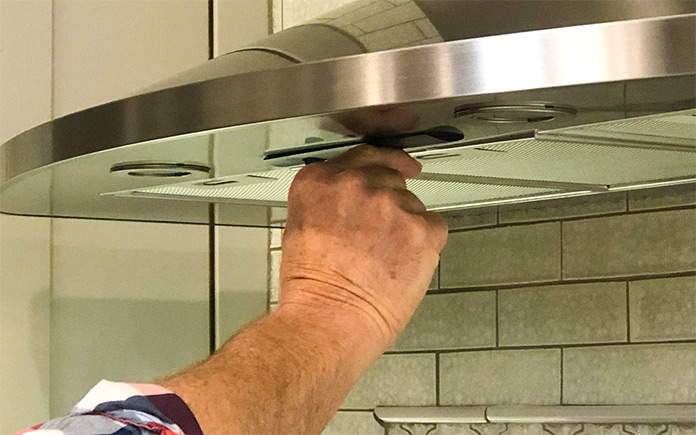


The Biggest Problem with Home Ventilation
Many people have range hoods and vent fans, but they really don’t know how to properly use them. So, operator error is why so many homes have poor indoor air quality.
At the end of the day, you control your home’s air — and sometimes, your health — so it’s important to learn how to effectively ventilate your home.
If you need help, follow the 20-minute rule. Turn on the bathroom vent fan or range hood and leave it on for 20 minutes. Just because your bathroom mirror isn’t foggy and smoke isn’t coming from your range doesn’t mean you can turn off your ventilation systems.
So, keep your bath fans, recessed light vents and range hoods running long after the smoke or steam has cleared. This ensures moisture and pollutants are out of the space.
Finally, think of rooms that may need vent fans that don’t have them. A good rule of thumb is to have vent fans in the kitchen, bathrooms, laundry room and home gym.
Broan-NuTone has a collection of stylish vent fans with designs that complement any room’s decor and bright white grilles that match the most common ceiling color.
Want to step things up? Broan-NuTone’s SurfaceShield SurfaceShield exhaust fan with LED & Antibacterial Light, powered by Vyv (rhymes with vibe), removes moist air and prevents bacteria, mold and fungi from growing in your room. It has a white LED light ideal for task lighting, and it has SurfaceShield lighting that offers continuous antimicrobial protection.
Either way, there’s an option to match your home and your budget, and most of all, keep your family safe and breathing easy.
Happy home improving — and healthy living!
